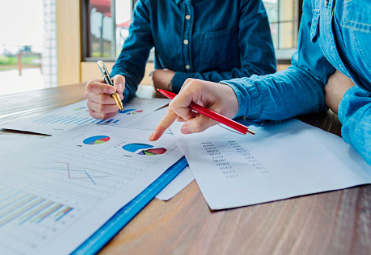Diplomatic relations between the Kingdom of the Netherlands and the Republic of Armenia were established on 30 January 1992, as Armenia regained its independence after six centuries of statelessness. The historic connections between the two countries go back into the depth of history. Perhaps, the first notable contact was in the 4th century, when Sint Servaas, an Armenian-born bishop became patron saint of Maastricht and the towns of Schijndel and Grimbergen.The Armenian community has since long had a place in the Netherlands.
Despite the historic connections, relations between the two countries are still in early stages of development. Notably, the economic relations have generally been good, but not close, trade and business connections, unfortunately, are still entirely unexploited. The Netherlands supports a number of social projects and economic reforms in Armenia. Yet there is an untapped potential that could strengthen the relationship between Armenia and the Netherlands.

- Political Relations
- Armenia At a Glance
Population: 3.0 mln
Total Area: 29,743 km2
Capital: Yerevan
Official language: Armenian
Currency: Dram (AMD)
- The Netherlands At a Glance
Population: 17,1 mln
Total Area: 41,543 km2
Capital: Amsterdam
Official languages: Dutch, Frisian
Currency: Euro (EUR)
